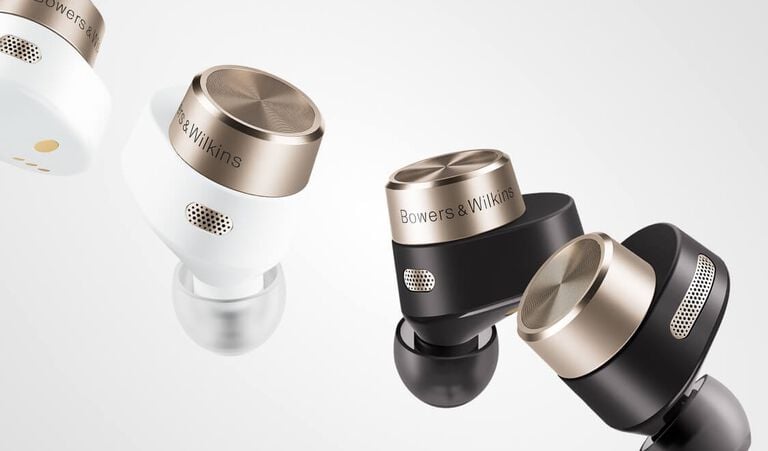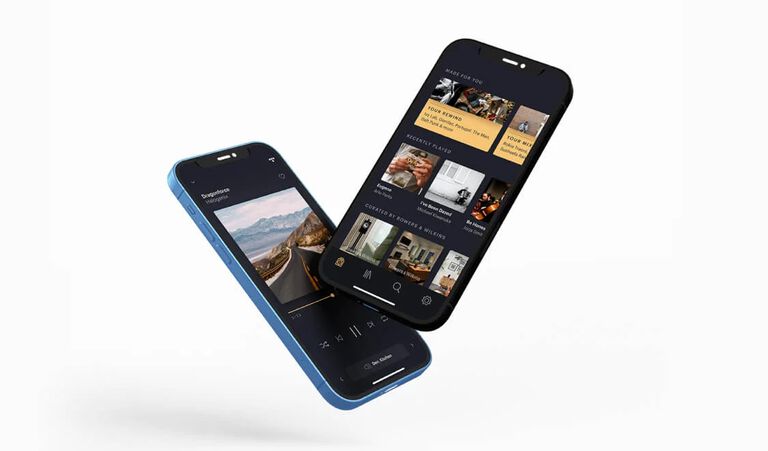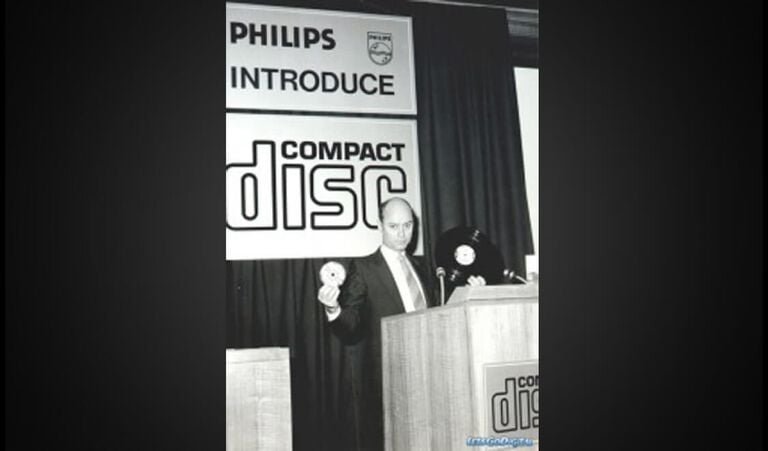The joy of headphones
The story of the humble headphone’s rise to greatness, our unique approach to headphone design and how to pick your own perfect Concert for One.

Really, it all started to change on July 1st 1979. Before then, headphones were for professionals. Perhaps they were worn to to hear colleagues above the drone of aircraft engines, perhaps to listen to the sound occuring on the stage as the performance is being filmed, perhaps as part of the equipment needed to operate a telephone exchange.
But when Sony’s first Walkman launched in Japan in July 1979, and in every other major market by June 1980, headphones began to live a whole other life. They began to be seen in public - and on buses and trains, on pavements and in supermarkets, people suddenly and unselfconsciously started wearing headphones. The concept of the ‘personal stereo’ proved nigh-on irresistible - and now, more than four decades on, the market for headphones is enormous. And consequently the variety of headphones, in terms of price and configuration and specification, is enormous too.
Like any other technology that’s gained traction over decades, headphones today are almost immeasurably better now than then. You may remember those original Walkman headphones, or you may be too young - but either way, if you ever encounter those scratchy, itchy synthetic earpads you won’t easily forget them. Neither would the memory (or the scars) of the unpadded, thin, sharp metal-and-plastic headband fade all that quickly. They were an utterly functional item, and little-to-no thought was paid to longevity or comfort, let alone pride of ownership. But they were, almost inadvertently, a status symbol.
The next big game-changer arrived on October 23rd 2001. Apple’s iPod wasn’t the first portable digital audio player by any stretch of the imagination - the first portable MP3 player is reckoned to be Saehan Information Systems’ MPMan of 1998 (though strictly speaking the first digital audio player was Sony’s Discman portable compact disc player from 1984). But not for the first time and certainly not for the last, Apple managed to take an existing idea and make it more usable, more covetable, more cool. And so for quite a while, a pair of those unyieldingly uncomfortable ice-white earbuds that came with every iPod was both a symbol of status and the most obvious of come-ons to muggers. Their sound, like that of the first iPod itself, was (at best) blandly unremarkable. But in this instance, that was hardly the point.
Fast-forward two decades and your choice of headphones is almost intimidatingly wide. Audio companies with huge product portfolios and global reputations will sell you disposable in-ear headphones for less than a tenner a pair. Brands more readily associated with the sort of high-ticket luxury accessories you see advertised in high-ticket luxury magazines will relieve you of comfortably more than a thousand pounds for a pair of their over-ear headphones. And in between, what seems like the world and his wife has thrown their hat into the ring, all desperate to grab just a little slice of a market that was estimated to be worth over £18 billion in 2019 and that is growing all the time.
So you can choose between in-ear, on-ear and over-ear headphones. For those last two, you can choose between open- and closed-back designs - because the effect on the sound you hear will be profound, as will the effect on the people around you. You can choose between wired and wireless - although if your music player is also your smartphone, you may well find you are only able to use wireless headphones as the headphone jack seems to have fallen from fashion somewhat. And you can choose extended functionality, from touch-and voice-control to active noise-cancelling and EQ adjustment via an app on your smartphone.
But your real, fundamental choice concerns sound. It seems like an obvious thing to say, but you should ask yourself what you want headphones for. If it’s simply to withdraw from your surroundings when you’re on a flight or a train or what-have-you, that’s one thing. “Hell”, after all, “is other people”, as the philosopher said - and cocooning yourself in some music is one of the very best ways to pretend they’re not around. If this is a primary purpose, then you should consider active noise-cancellation - when it’s implemented properly, it can make an extraordinary difference to the amount of external sound you hear. And you should most certainly forget the ‘open-backed’ option where on- or over-ear designs are concerned - open-backed headphones generally sound more spacious and expansive, but they leak sound outwards at the same time. And you’ll hardly be able to distract yourself from the people around you if they are staring pointedly at you the entire time.
If your headphones are for enjoying music whilst sitting comfortably at home, though, open-ear headphones should be a strong consideration. And you might want to give some thought to wired headphones in these circumstances, too - wireless connectivity is a brilliant convenience, no doubt, but the integrity of your connection to your music system will be guaranteed by a wired connection.
Chances are, though, you’ll want your headphones to do a bit of everything. And to be very well specified. And to be comfortable to wear, and to deliver pride of ownership. And, last but absolutely not least, to sound great. To be, in fact, the best-sounding headphones your money can buy.
Which is where Bowers & Wilkins comes in.
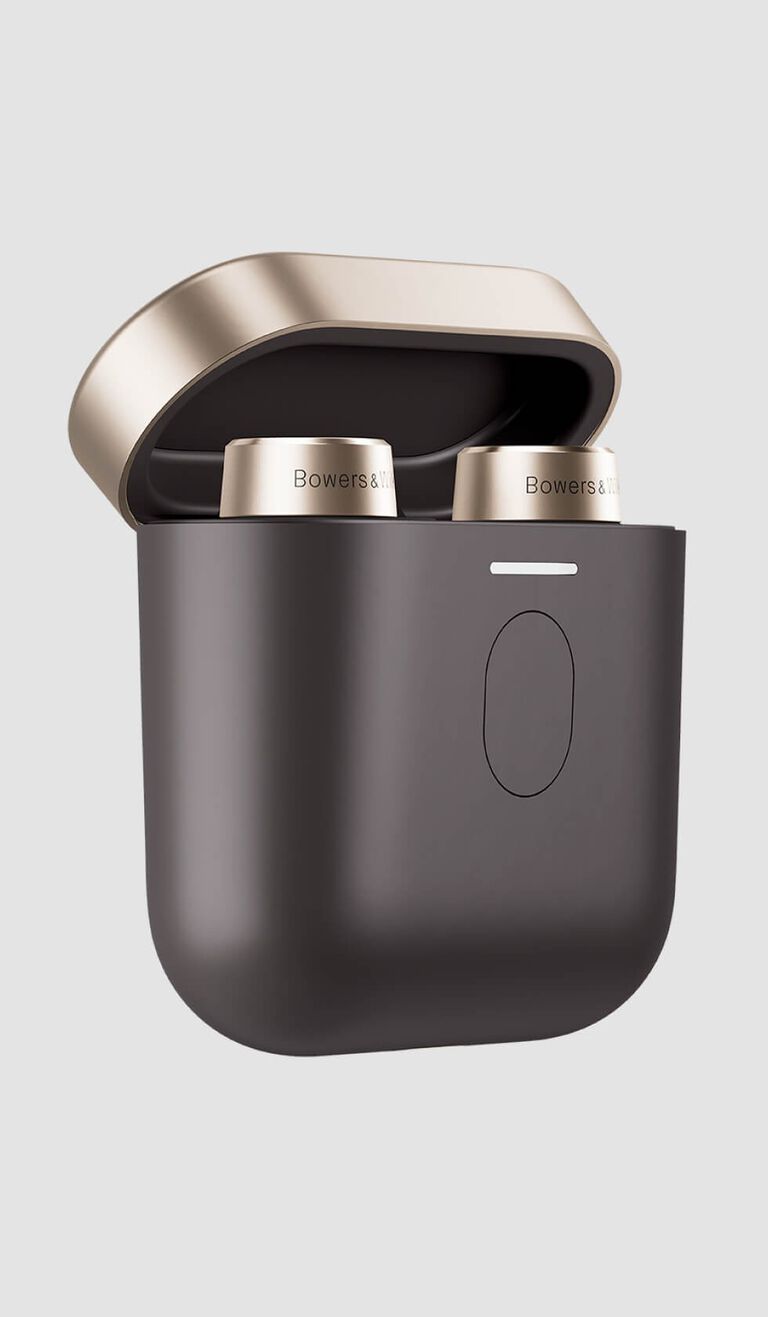
PI7
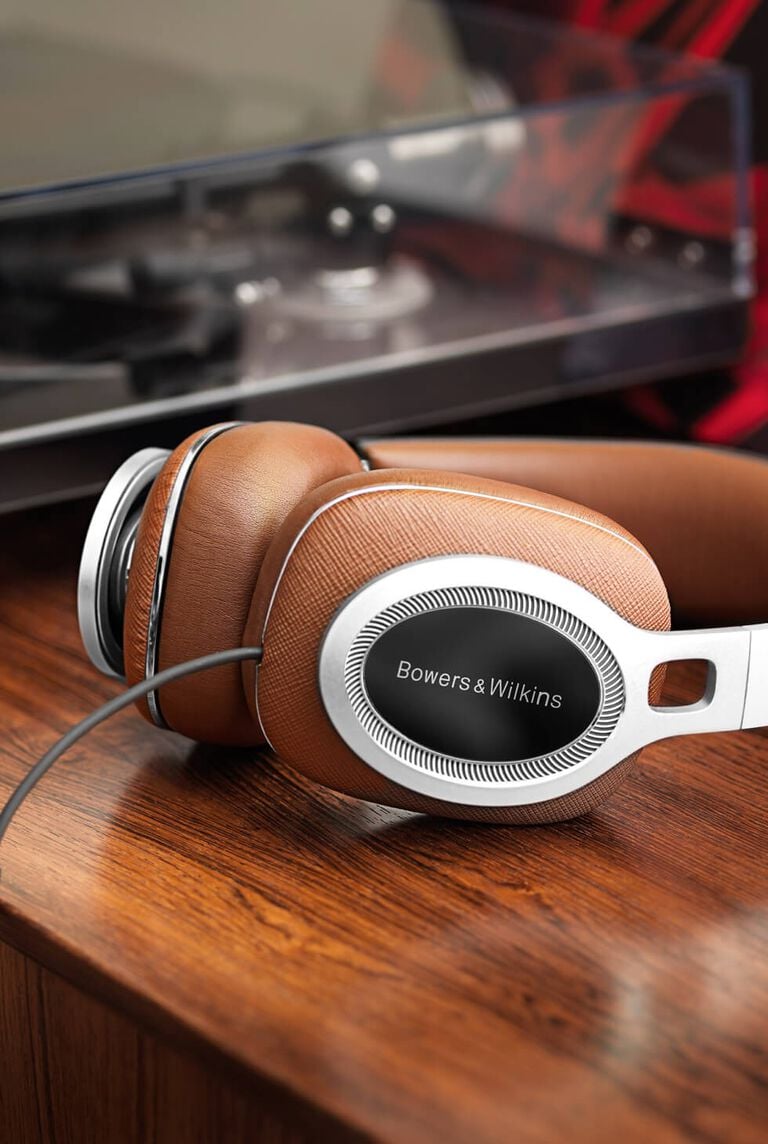
P9 Signature
Bowers & Wilkins isn’t interested in delivering the ‘directly injected into the head’ sound that’s so prevalent among headphones of all types and prices. What Bowers & Wilkins always sets out to achieve with its headphones, whether it’s the over-ear configuration of its sumptuous P9 Signature wired pair or the exhaustively specified new PI7 wireless adaptive noise cancelling earbud, is more subtle and, ultimately, more realistic than that. What Bowers & Wilkins is interested in is replicating the sound of its acclaimed loudspeakers.
The PI7 are, in fact, Bowers & Wilkins’ most recent statement of intent. Here is a pair of discreet, comfortable wireless earbuds with considerable battery life and deeply accomplished active noise-cancellation. Earbuds that can be controlled using a free app, touch-sensitive controls or voice commands. Earbuds with a charging case that can also act as an audio retransmitter, making previously unavailable sources of music compatible with wireless connectivity.
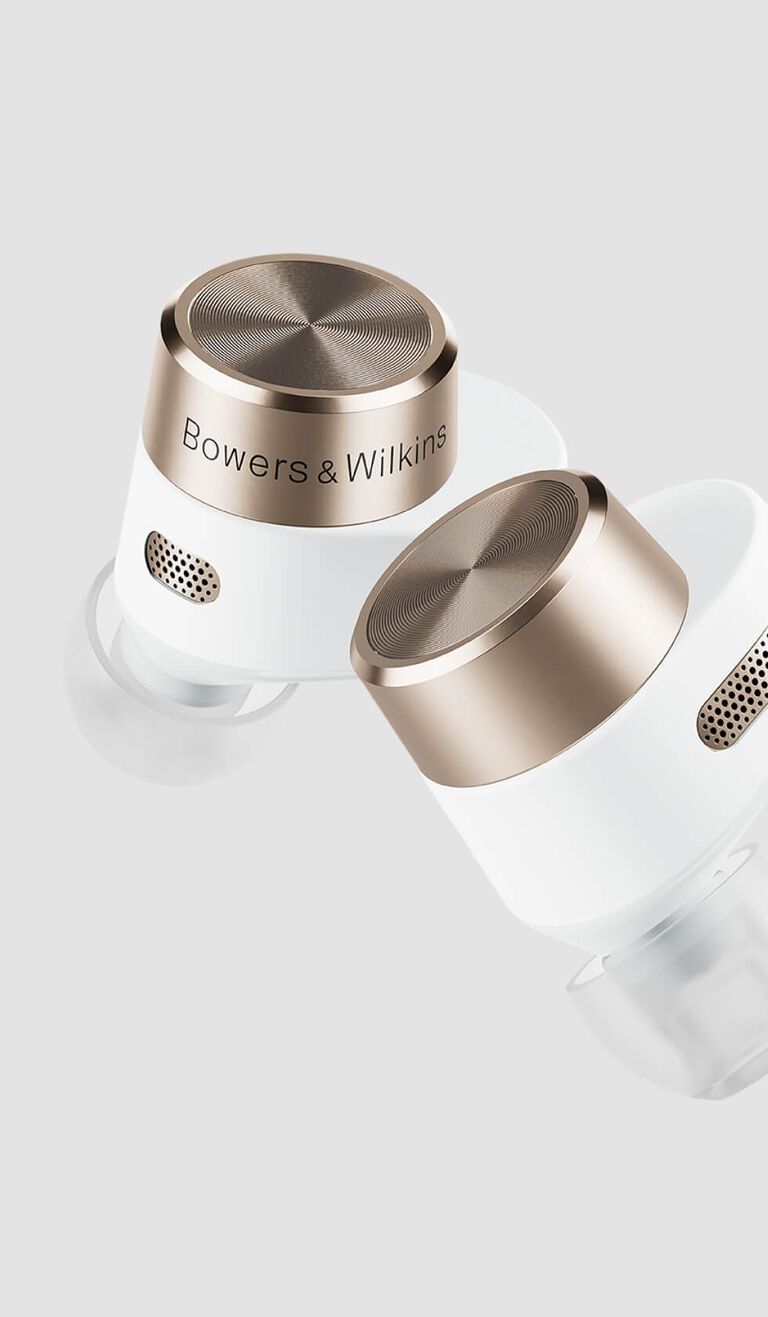

But most of all, the PI7 are headphones that are utterly uncompromised when it comes to sound. They feature a balanced armature plus an oversized dynamic driver in each earbud, along with discrete amplification for each. And they’ve been obsessively tuned to deliver sound that’s not only lavishly detailed, vaultingly dynamic and utterly articulate, but has the space, the refinement and the sheer musicality with which Bowers & Wilkins has long been synonymous.
Yes, you have an awful lot of options when it comes to choosing your next headphones. But if you want uncompromised sound without sacrificing features, or comfort or, yes, pride of ownership, well... you need to choose Bowers & Wilkins.
